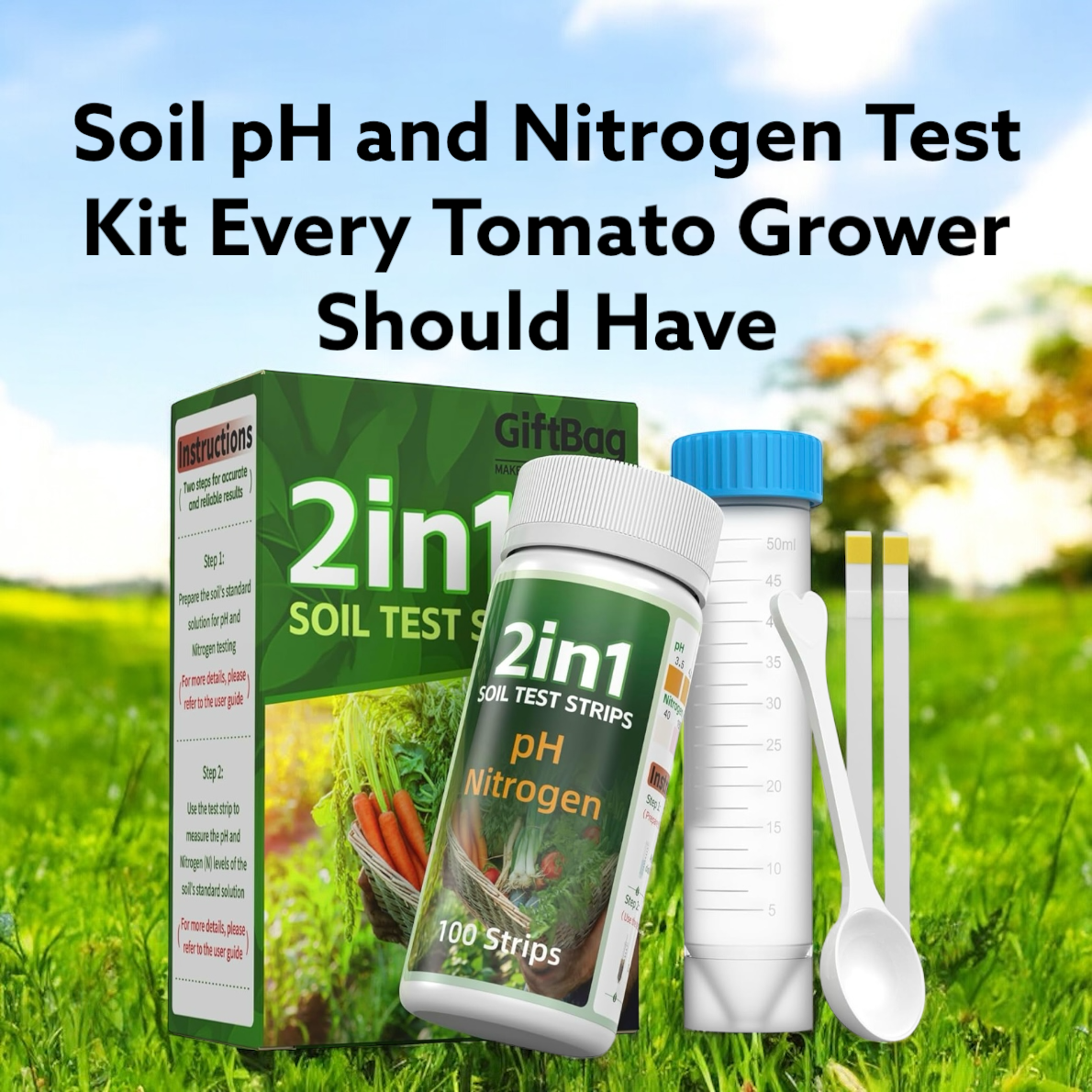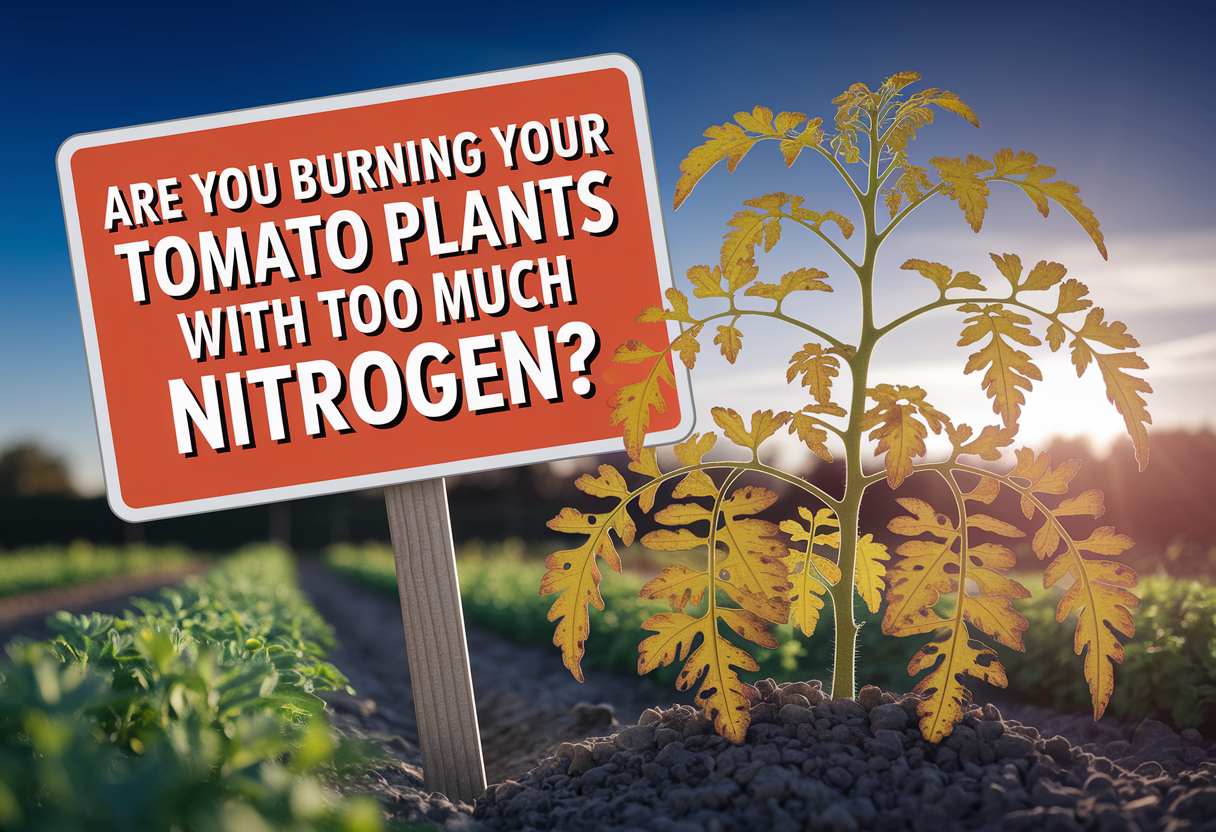Indeterminate vs. Determinate Tomatoes: I Learned the Difference the Hard Way
When I first started growing tomatoes, I thought a tomato was just a tomato. Turns out, the type you grow changes everything—especially how you care for it. If I could go back, I’d start by understanding the difference between indeterminate and determinate varieties.
Determinate tomatoes are more compact and grow to a set height. They produce most of their fruit in a short window, which makes them great for canning. On the flip side, indeterminate tomatoes just keep growing and producing until frost hits—so you’ve got to be ready to support them and prune them along the way.
Early on, I stuck a little tomato cage around one indeterminate plant… yeah, it outgrew that by July and toppled like a tower. That’s when I learned why it’s crucial to have the right support system—like the strong trellis I built myself that can hold 20+ plants with ease.

Tomato Varieties Matter More Than I Thought
Not all tomatoes taste the same—and not all of them grow well in your specific space. I wish I’d known that upfront. I planted three kinds the first year, not realizing two of them were better suited for slicing and the other was more for sauce. Spoiler alert: I had a LOT of sauce.
Now I take time to choose varieties based on how I plan to use them. Want rich flavor for sandwiches? I reach for Brandywine or Cherokee Purple. If I want tons of tiny, sweet bursts for salads or snacking, Sun Sugar or Chadwick Cherry never fail me.
There’s a huge difference in flavor, growth habit, and harvest timing depending on what you plant—and I break it all down in this guide on the best tomatoes to grow based on what you actually want from your harvest.
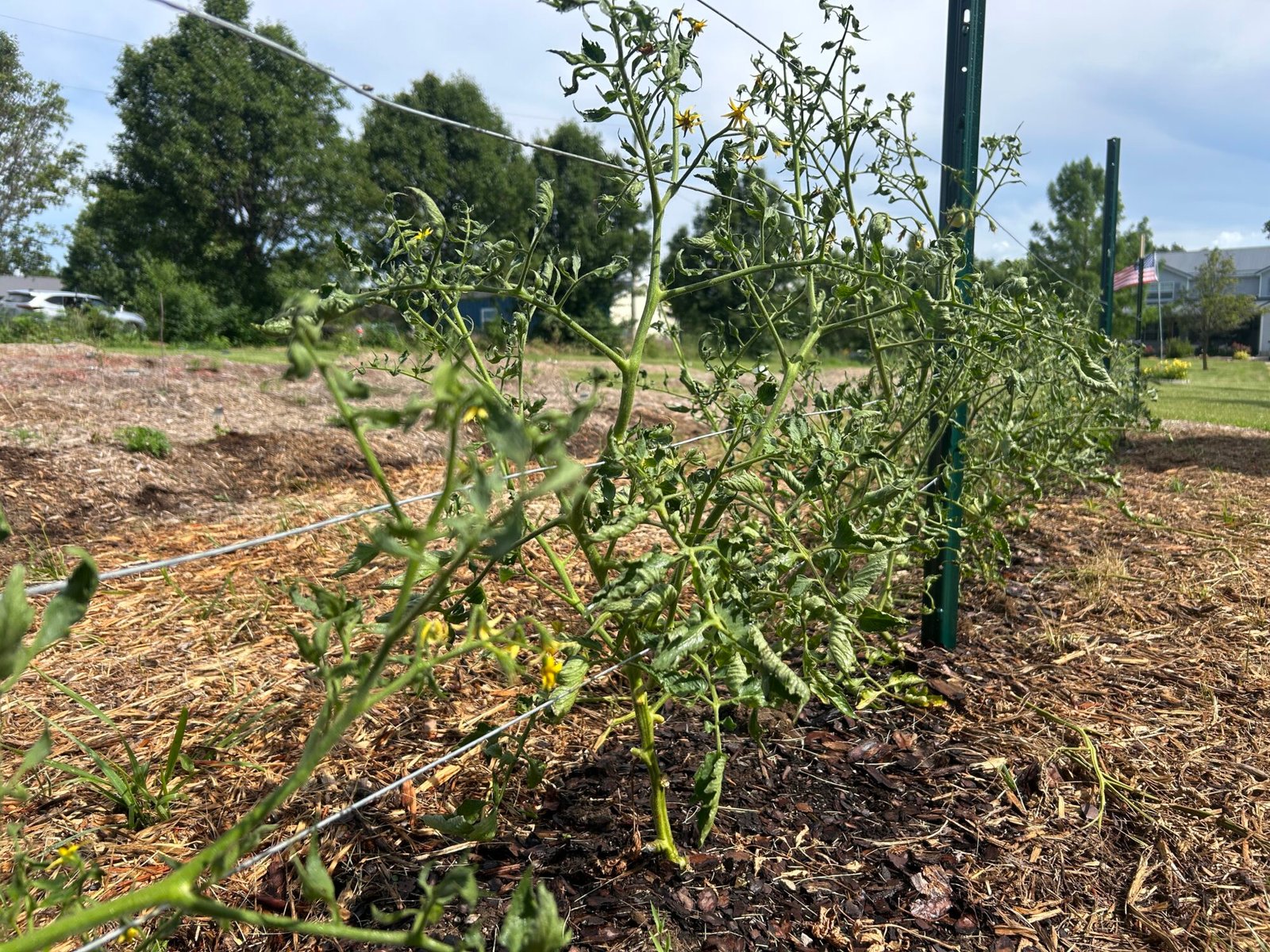
Pruning Tomatoes: I Didn’t Even Know You Were Supposed To
My first tomato plants were a wild mess. I didn’t prune anything. I just let them go—and by August, it looked like a tomato jungle. That’s when I learned about suckers—those little shoots that grow between the main stem and a branch. If you don’t prune them, your plant wastes energy growing a ton of foliage instead of focusing on fruit.
Now, I make it a habit to prune my indeterminate tomatoes regularly, especially early in the season. This boosts airflow, reduces disease risk, and gets me bigger, better tomatoes. Just don’t go overboard. You still need leaves to shade and feed the plant. Here’s a simple guide I wish I had: Do Tomatoes Need to Be Pruned? Yes—Here’s How.
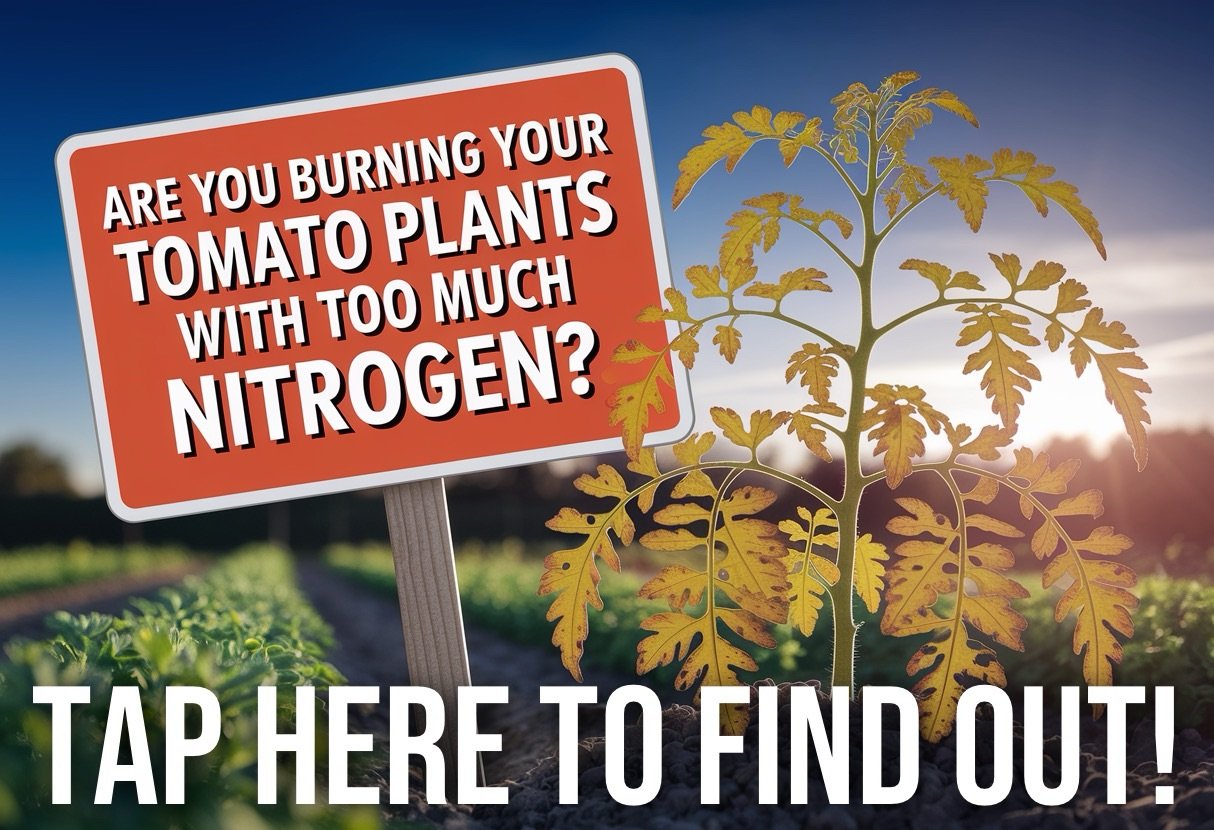
Don’t Wing It on Trellises: Build Something Sturdy
Tomatoes get heavy. I don’t care what the plant tag says—if you’ve got indeterminates, that rickety cone-shaped cage is not going to cut it. After years of trial and error, I built my own strong wire trellis system using T-posts, U-posts, and galvanized cable. It changed the game for me.
This setup lets me train plants horizontally and vertically, weaving the vines through the wires for maximum support. It’s held up to wind, rain, and more than 20 tomato plants at once. Want to see what it looks like? Here’s my full guide to how I trellis tomatoes the smart, sturdy way.
If you’re growing tomatoes and haven’t planned your support system yet, stop everything and do it now. It’ll save your harvest.

Don’t Be Fooled by Fancy Names — Tomato Varieties Really Matter
Back when I started, I just grabbed whatever looked good at the store. “Tomato is a tomato, right?” Wrong. So wrong. I didn’t realize that some are better for slicing, some for sauces, and some, like cherry tomatoes, are little flavor bombs for snacking.
Now, I always grow a mix: a sweet cherry variety like Sun Sugar, a big slicing tomato like Brandywine, and a reliable Roma for canning. If you’re unsure what suits your needs, check out my favorite tomatoes to grow and why. It’ll save you time, space, and frustration.
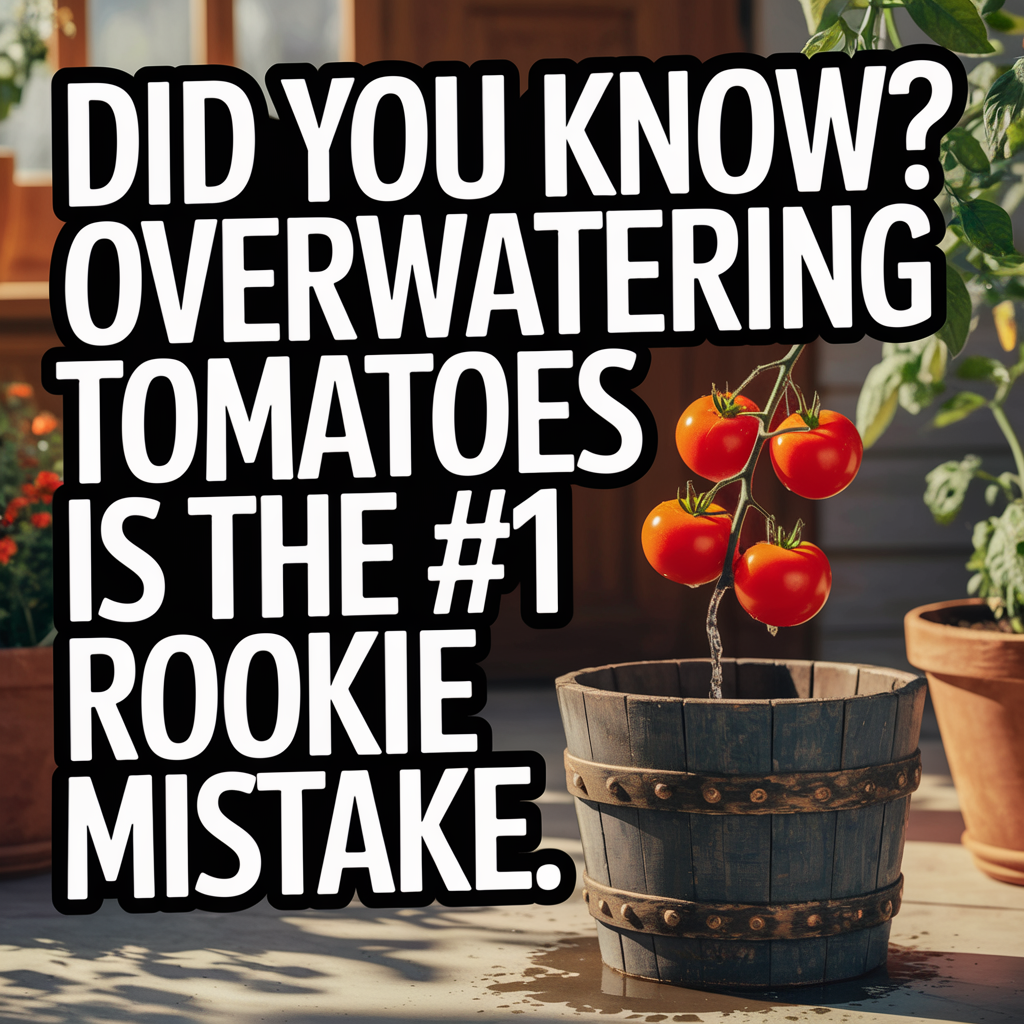
Watering Tomatoes: It’s Not Just “Set It and Forget It”
Watering was one of the first things I messed up. I thought daily watering was the right move—but it turns out that’s a fast track to blossom end rot or split tomatoes. Tomatoes like deep, less frequent watering. It encourages stronger roots and more consistent fruit.
I use a moisture meter now to check before I water—here’s the one I trust: 4-in-1 Soil Meter for Tomatoes. It tells me if the plant actually needs water instead of guessing.
You’ll also want to mulch around your plants to hold in moisture and cut down on how often you need to water. Tomato growing got way easier once I got watering under control.

Fertilizing Tomatoes: Less Is Often More
I used to think dumping more fertilizer on my tomatoes would mean bigger, juicier fruit. Nope. All I got was lush, leafy plants with barely any tomatoes. What I didn’t realize was that too much nitrogen actually hurts fruit production.
These days, I’m way more strategic. I use a balanced tomato fertilizer—low nitrogen, higher phosphorus and potassium—and I apply it in small doses every couple of weeks. If you’re curious about how too much nitrogen can mess up your plants, I broke it all down in this article on nitrogen burn in tomato plants.
A slow and steady feeding schedule gives better results than any over-the-top boost. Your tomatoes will thank you!

Bugs, Blight & Busted Dreams: Common Problems I Didn’t See Coming
No one warned me how many things try to ruin your tomato party. I’m talking aphids, tomato hornworms, early blight, and let’s not forget cracked or sunscalded fruit.
The key is early detection and prevention. I walk my garden daily now—not just for fun, but to catch signs of trouble before it explodes. A yellowing leaf? Might be nothing, or it might be the start of blight. I’ve learned the hard way that catching it early makes all the difference.
And yes, I also started trellising my tomatoes smarter to keep air circulating and reduce disease. If you’re still using tiny cages, check out how I built my own sturdy wire trellis system. Total game-changer.
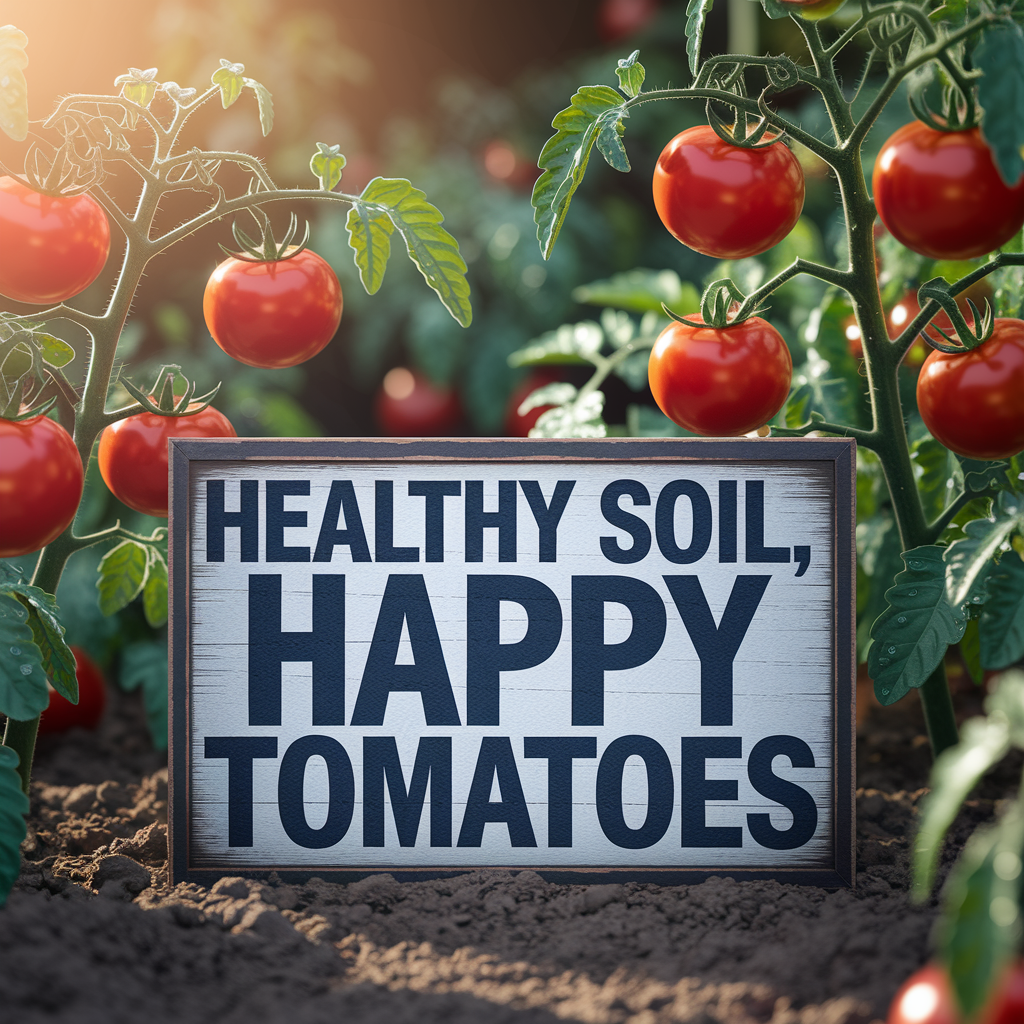
Knowing When to Harvest: Not All Tomatoes Ripen the Same
When I first started, I kept waiting for every tomato to turn deep red before picking it. But then I realized—different varieties ripen differently. Some stay a little orange, others go pink or even deep purple depending on the type.
Now, I gently squeeze the fruit—if it gives just a little and comes off the vine easily, it’s ready. And don’t forget: if you pick them just before they’re fully ripe, they’ll finish ripening on your counter thanks to natural ethylene gas (yep, that’s a thing). This helps avoid splitting, sun damage, or critters beating you to it.
Also, I now plant staggered varieties to get a continuous harvest, instead of being overwhelmed all at once. That little trick changed my summer routine.
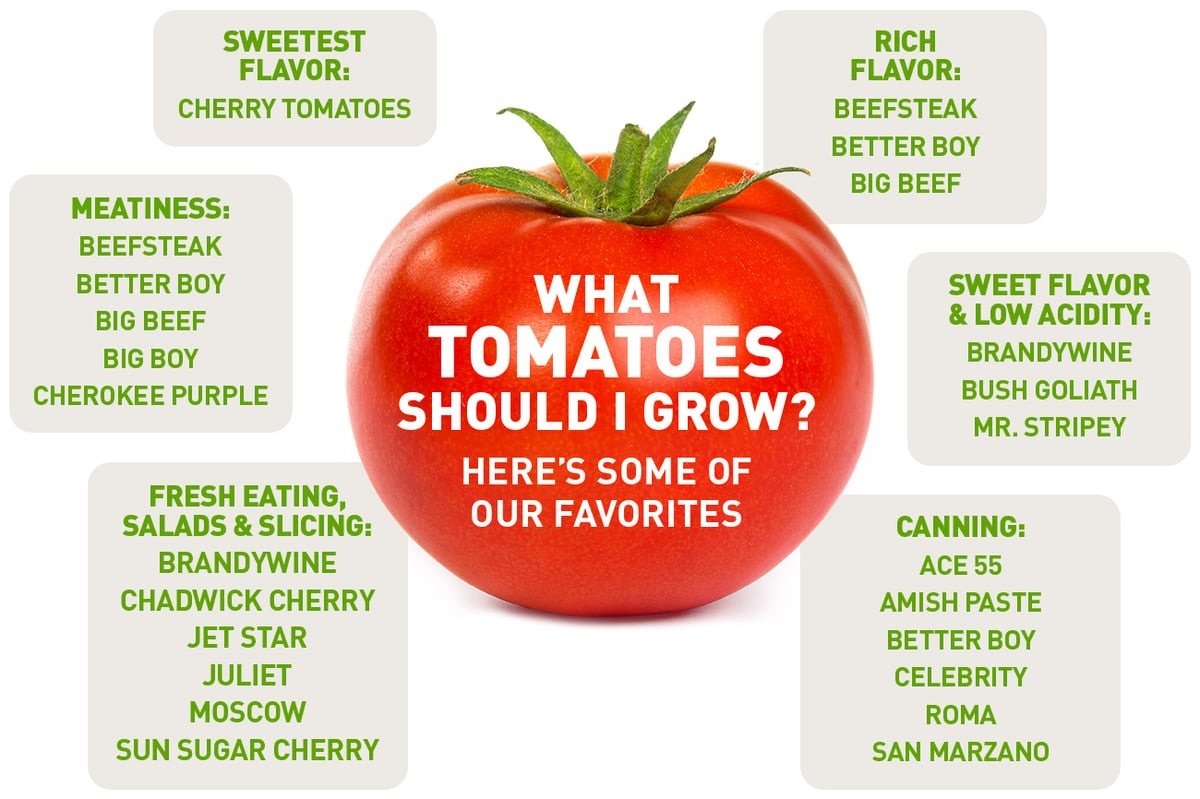
Storage Tips That Actually Keep Tomatoes Fresh
I used to toss my tomatoes in the fridge… and then wonder why they turned mealy and flavorless. Here’s the deal: never refrigerate tomatoes unless they’re already cut or fully overripe. The cold messes with the texture and flavor.
Now I store mine stem-side down on the counter, out of direct sunlight. It slows down spoilage and keeps that garden-fresh taste intact. For extra ripe ones, I make salsa, roast them, or freeze them for later sauces.
And if you’ve got a big harvest? Canning is your best friend. Check out my list of the best tomatoes to grow for canning if you want to plan for that next season.
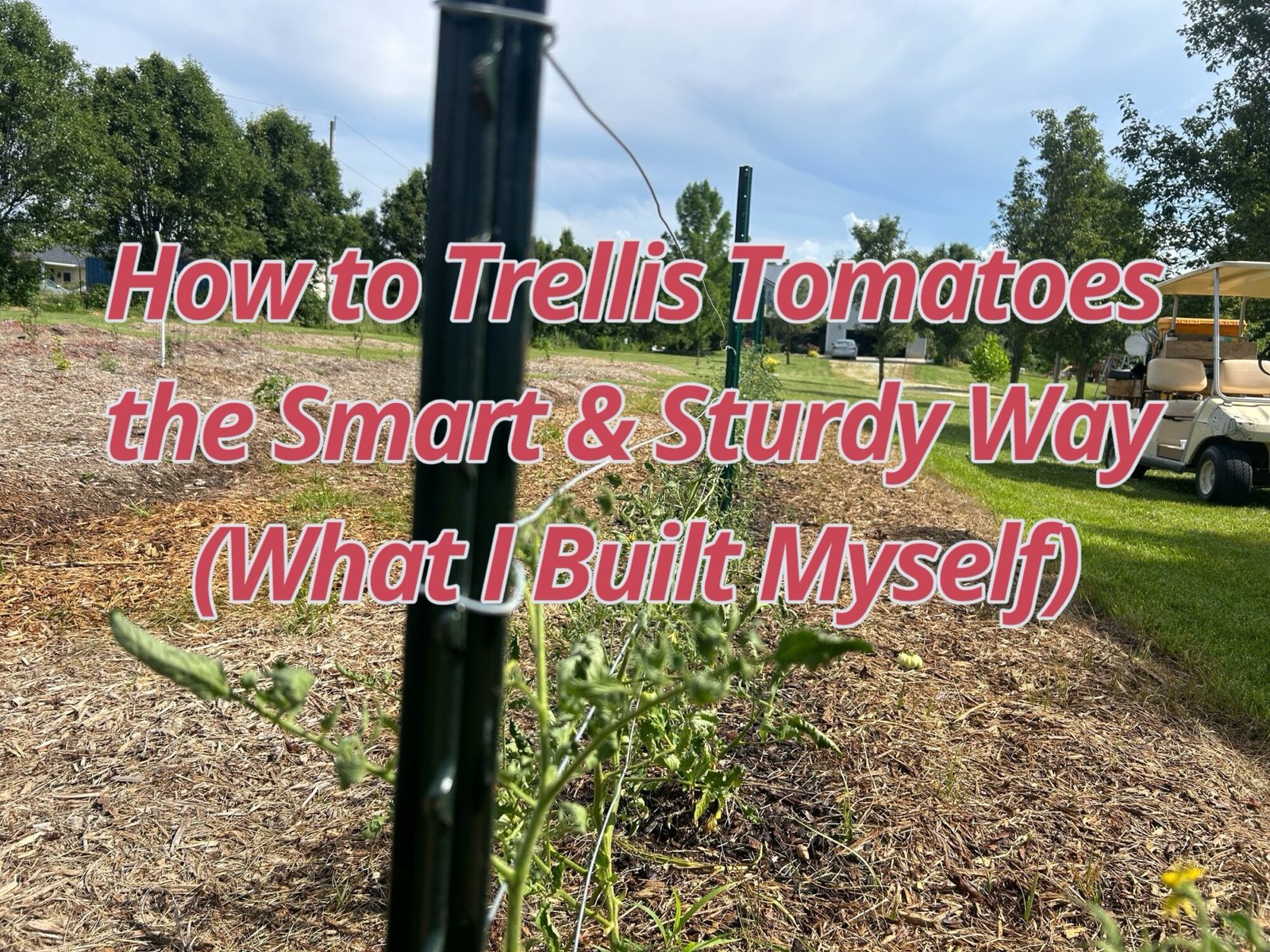
What I’d Tell Myself Before Growing That First Tomato
Looking back, I wish someone had told me that growing tomatoes is as much about patience and observation as it is about soil and sun. I learned that mistakes aren’t failures—they’re just part of the process. From overwatering seedlings to forgetting to support a plant until it flopped over, I’ve been there. But each year, I get better.
If you’re just starting out, don’t overthink it—just start with one or two good varieties, use quality soil like this one I trust, learn as you go, and most importantly, enjoy it. There’s nothing like picking a warm tomato off the vine and biting into the juicy reward of your effort.
Whether you’re planting in containers, in the ground, or experimenting with seed-saving and propagation, I’ve written guides for it all—like how to grow a tomato plant from a tomato and the smartest way I’ve ever trellised my plants.
Happy growing, my fellow tomato-lover. You’re in for a journey that’ll leave your hands dirty and your heart full. 🍅❤️

7 BONUS TIPS! Tomato Growing Tips I Learned the Hard Way (That No One Told Me)
When I first got into growing tomatoes, I figured it was just sun, water, and waiting. Turns out, there’s a whole layer of small stuff that really adds up—and if I’d known all this from the start, I would’ve saved myself a lot of head-scratching.
Don’t Plant Too Early
I got excited once and planted my starts in April. Big mistake. Even though the days were warm, one surprise cold snap wiped out half my seedlings. Now I always wait until my soil temps are above 60°F and night temps are reliably above 50°F. No more rushing the season.
Don’t Ignore Air Circulation
I used to cram my tomato plants close together to “fit more in.” Bad idea. They looked lush, but air couldn’t flow well, and that meant more fungal issues and less fruit. Now I give each plant at least 18 to 24 inches of space, even in containers.
Mulch Matters More Than You Think
I used to skip mulching. Then I learned how quickly water evaporates and how much soil splash spreads disease. Now I always use straw or shredded leaves to mulch around the base. It keeps the soil cool, holds moisture, and reduces blight. You can read more about this in my guide on the best mulch for tomato plants in containers.
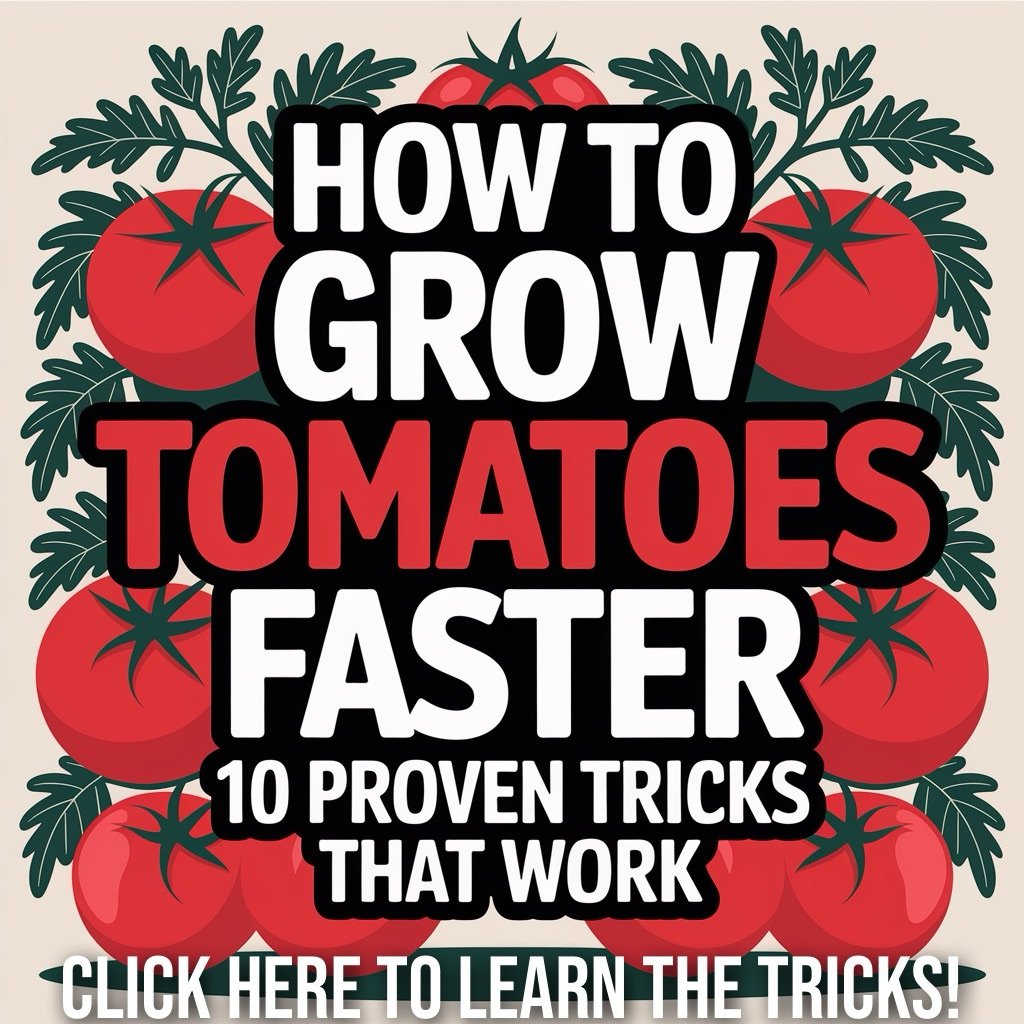
Pick the Right Pot Size
When I started container gardening, I thought any pot would do. But smaller pots dry out fast and stunt growth. I only use 10-gallon or larger containers now. If you need solid options, check out the grow bags I actually use or even my favorite raised bed solution.
Watering: Slow and Deep Wins
At first, I watered a little every day. I thought I was doing them a favor. Nope—shallow watering means shallow roots. Now I water deeply every 2–3 days, especially as they grow bigger. And I keep the water off the leaves, always watering at the base.
Watch for Early Warnings
Tomatoes talk to you—drooping leaves in the morning, leaf curl, pale color—these are all signs of something being off. It could be overwatering, too much nitrogen, or compacted soil. This post on nitrogen burn taught me that the hard way.
You Can Clone Tomato Plants
This blew my mind: you can cut a healthy sucker or side shoot, root it in water, and plant it—and it becomes a whole new tomato plant! Great for when you want to extend your growing season or recover from an early-season loss. I go into that a little more in this list of tomato hacks I swear by.
As an Amazon Associate we earn from qualifying purchases through some links in our articles.
